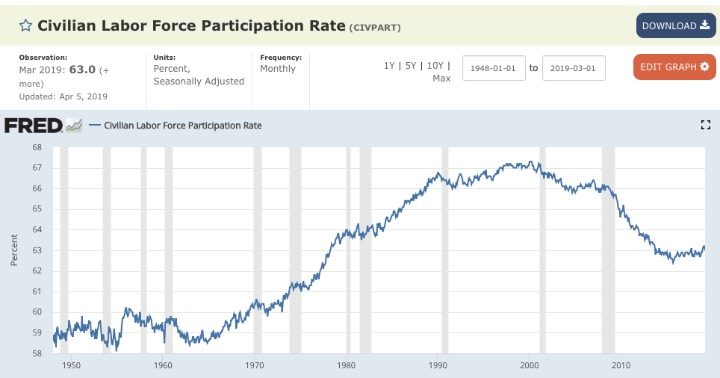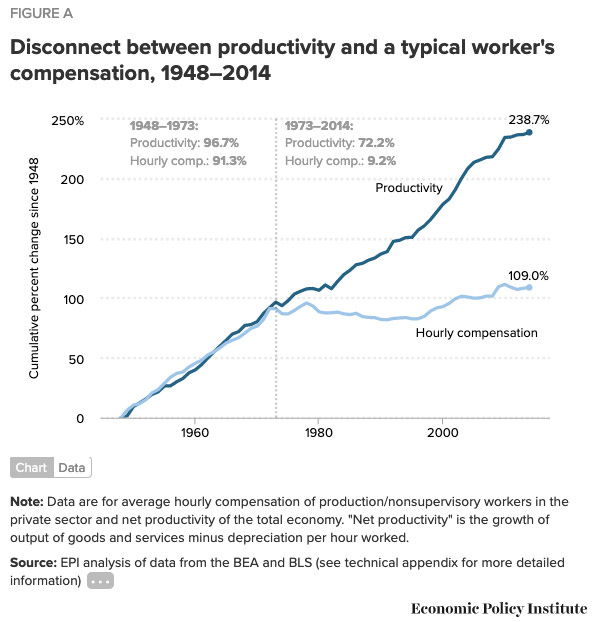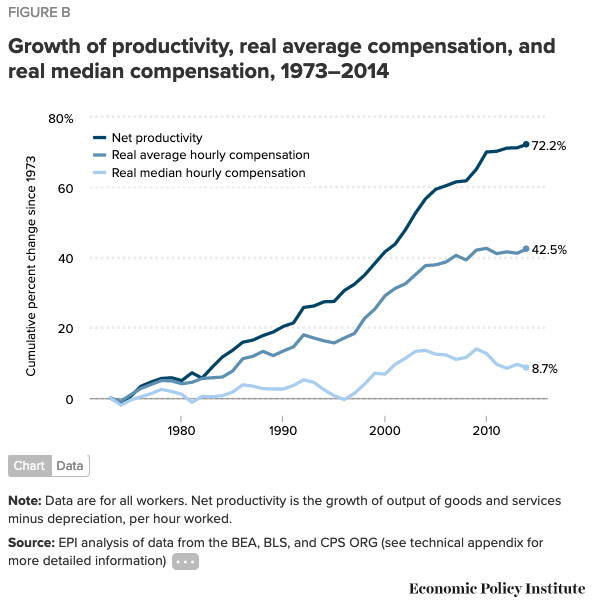Any development, re-development or change in land use shall be completed in conformance with these Regulations, Archuleta County Road & Bridge Design Standards and Construction Specifications, Archuleta County Ordinances, building, and construction permits pursuant to the uniform codes adopted by the County and must comply with all other applicable County requirements…
— from section 2.1.1.1 of the Archuleta County Land Use Regulations.
We noted in Part One that Archuleta County had a U.S. Census population of about 3,590 in 1920… and about 3,664 in 1980. 60 years with essentially the same population.
20 years later, the population had tripled, to about 9,898. We might wonder, what caused such a drastic change in population growth.
Better land use regulations? Or something else?
Possibly, it had very little to do with anything our local governments did… or didn’t do.
We’ve shared a certain fascinating graph on a few occasions here in the Daily Post. The chart comes from a well-researched article posted on the Economic Policy Institute website:
What we see in the chart above is that from 1948 until about 1973, (using inflation-adjusted dollars), the increases in wages for private sector, non-supervisory workers tracked closely with our steadily-increasing national productivity.
Then something changed.
The chart was created by Lawrence Mishel, president of the Economic Policy Institute. He offers an analysis of what we are seeing:
From 1948 through 1973, the hourly compensation of a typical worker grew in tandem with productivity. That can be seen in Figure A [above], which presents both the cumulative growth in productivity per hour worked of the total economy (inclusive of the private sector, government, and nonprofit sector) since 1948 and the cumulative growth in inflation-adjusted hourly compensation for private-sector production, nonsupervisory workers (a group comprising over 80 percent of payroll employment).
After 1973, productivity grew strongly, especially after 1995 — while for the average worker‚ compensation was relatively stagnant.
This divergence of wages and productivity has meant that the working class, in general, has not benefited from the growth in America’s productivity. The American economy could seemingly afford higher wages, but it hasn’t been providing them to the average worker.
As a result, American families have increasingly needed two jobs — two working parents — to maintain their standard of living.
Back in 1948, American women were, by and large, expected to be homemakers, and didn’t much participate in the labor force. You can see that lack of participation illustrated in this Civilian Labor Force Participation Rate graph, created by the Federal Reserve Banks of St. Louis:

Between 1948 and 1965, the Participation Rate of adult Americans in the labor force had hovered around 59%. By 1980, the rate had risen to about 64%, and it rose to more than 67% by the late 1990s. Women were leaving the kitchen and becoming secretaries, nurses, bookkeepers, teachers, cashiers. While these women were joining the workforce, America’s productivity was continuing to go up… and up… but wages were basically stagnant.
The question we’re considering this morning is: Why did the population of Archuleta County change from “stagnant” in 1980, to one of the highest population growth rates of any U.S. county, by 2000?
Here’s another of Dr, Mishel’s ‘productivity vs. wages’ graphs, this time beginning in 1973, when wages began to stagnate, despite greatly increasing productivity:
Although overall compensation of workers increased, the ‘median’ compensation — the wages paid to an average worker — barely budged. What this means (I believe) is that the experienced, older workers, in higher-paying jobs, continued to experience rising affluence. But younger workers were not seeing the same benefits.
So we have a curious situation. Workers, who were in their 20s in 1948, were already ‘mid-career’ when American wages began to stagnate in 1973. And they were beginning to retire in 1985, when the population of Archuleta County began to explode.
In my opinion, the explosive population growth that took place in Archuleta County between 1980 (population 3,664) and 2010 (population 12,084) had very little to do with government policies, and everything to do with ‘The Greatest Generation’ retiring from the best-paying jobs in American history and looking for a perfect little town in the mountains, with a perfect little climate, and perfect little suburban development patterns.
It’s the suburban development patterns that are responsible for some of the best things about Pagosa Springs. And some of the worst things.
Among the “best things”…
…a few days ago, I ran into a couple of old friends who had moved back to Pagosa to enjoy their retirement. I asked where they were living, and they described a perfectly secluded PLPOA neighborhood where, they told me in glowing tones, they could not see another house from their property.
Not exactly my cup of tea, speaking personally. I can view at least 20 homes from my property in downtown Pagosa. I wonder how someone might find such a perfectly ordinary neighborhood scene to be irritating? Over the past few days — as the result of living in an actual neighborhood — I’ve walked to the grocery store, the library, a downtown restaurant, a thrift store, a liquor store, a coffee shop, Town Park, and the San Juan River. And to a July 4th parade.
Yes, I drive my car on a daily basis, but that’s mainly because many commercial businesses that service local needs have located uptown.
Among the “worst” things about Pagosa’s suburban development pattern:
1. Jobs that don’t pay a living wage.
2. Relentlessly increasing real estate prices.
3. 300 miles of failing roads desperately in need of asphalt or gravel, in a community that cannot tolerate gravel mines.
4. Children spending hours each day riding a school bus.
5. A leaking water system that might never be fixed. A leaking sewer system that might never be fixed.
6. 10% of our available housing converted into commercial, mini-motels in residential neighborhoods.
7. Land use regulations that have helped make affordable housing nearly impossible to build.
But since we’ve mentioned land use regulations, let’s take a look at the changes made last week by the Archuleta Board of County Commissioners.
Some of the changes are pretty radical.


